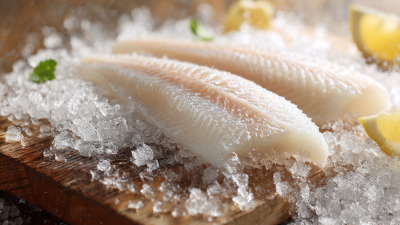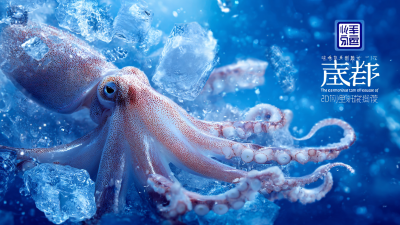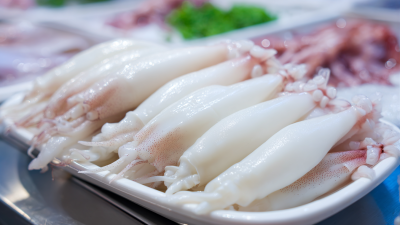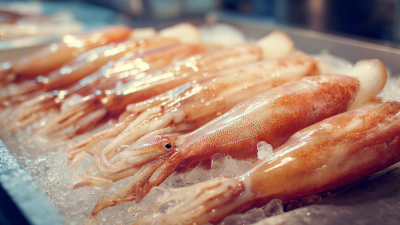Choosing the right Frozen Squid Products for your culinary creations can significantly enhance the flavor and quality of your dishes. With a myriad of options available in the market, it can often be overwhelming to determine which products meet your taste preferences and cooking needs. Whether you are preparing a classic calamari dish, a seafood stir-fry, or a sumptuous pasta, selecting the best frozen squid is vital for achieving the desired texture and taste. Factors such as sourcing, freshness, and size play a crucial role in making the ideal choice.
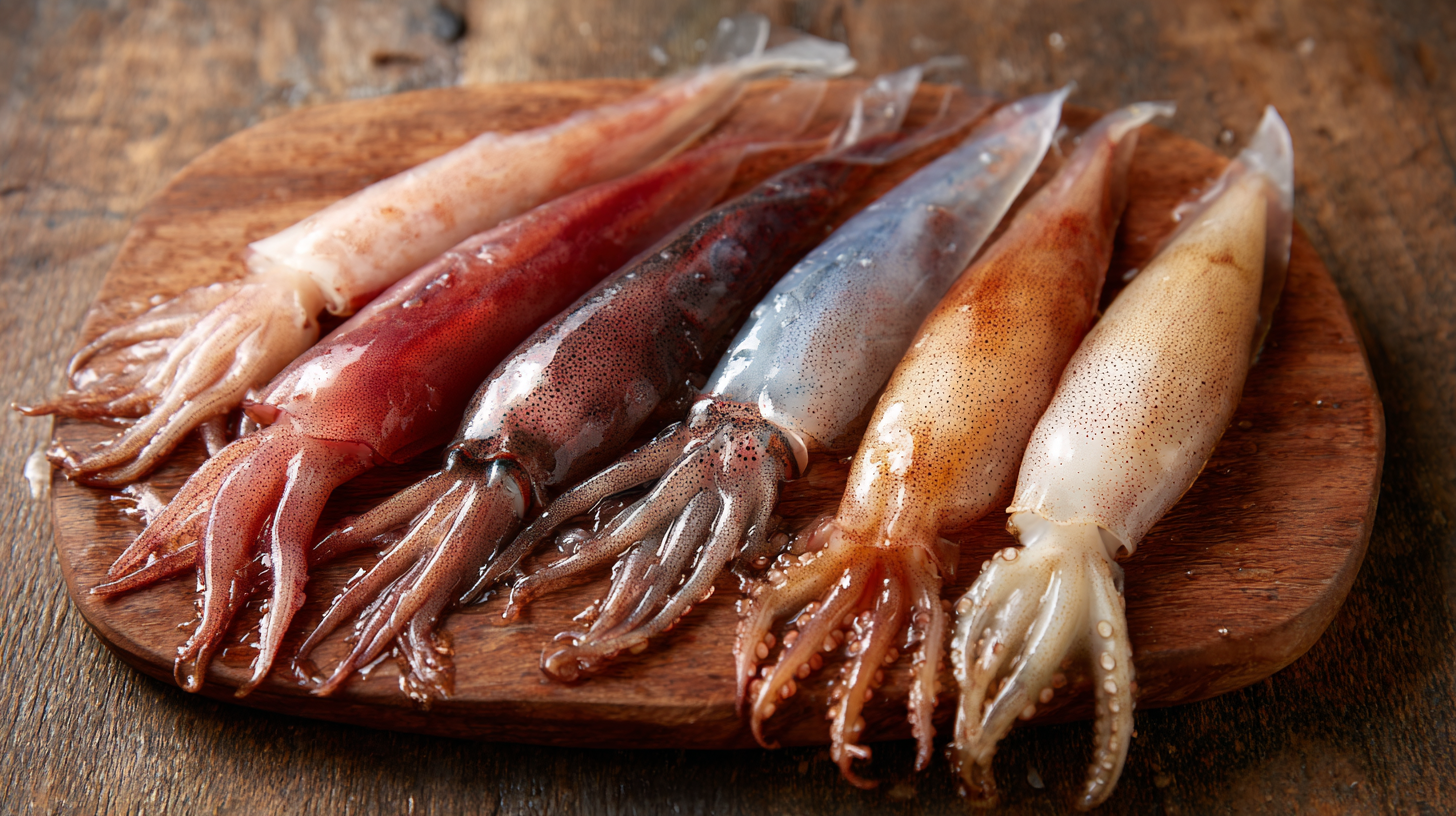
In this guide, we will explore essential tips and considerations to help you navigate the selection process, ensuring that your culinary endeavors with frozen squid are both delicious and satisfying. Understanding these aspects will empower you to pick the finest frozen squid products that align perfectly with your cooking style and preferences.
When selecting frozen squid products, it's important to understand the various types available in the market. Frozen squid can come in several forms, including whole squid, cleaned and gutted squid, squid rings, tubes, and tentacles. Whole squid often has a more robust flavor and can be ideal for grilling or stuffing. In contrast, cleaned and gutted squid offers convenience for quick meals, perfect for stir-frying or adding to soups. Squid rings and tubes are widely used in fried dishes and can easily absorb marinades, making them versatile options for any cuisine.
**Tips:** Consider the source and quality of the squid. Look for products that are flash-frozen shortly after catch to ensure freshness. Additionally, check for labels indicating that the squid is sustainably sourced. Freeze and thaw the squid carefully to maintain texture; avoid multiple freeze-thaw cycles, as they can diminish quality.
Another key factor to consider is the size and cut of the squid. Larger tubes are excellent for stuffing, while smaller rings are perfect for quick-cooking options like salads or pastas. When shopping, ensure that the packaging is intact and there are no signs of freezer burn, which can affect the taste and texture of the squid.
**Tips:** If you're unsure about the freshness, inquire about the product's harvest date and storage conditions. Sampling different types of squid products can also lead you to discover new favorites for your culinary repertoire.
When selecting frozen squid products, evaluating freshness and quality indicators is crucial for ensuring a delightful culinary experience. According to the National Fisheries Institute, freshness is a key determinant of quality, with characteristics such as a clean ocean smell and firm texture serving as indicators. When purchasing frozen squid, look for products that are flash-frozen shortly after harvest to preserve their freshness. It’s also important to check for visible signs of freezer burn or discoloration, as these can affect taste and texture.
Tips for selection: Always choose products that are packaged in airtight, vacuum-sealed bags to minimize exposure to air and moisture. Additionally, check the packaging date; ideally, the squid should be frozen within hours of being caught. Consumer research from the Seafood Industry Association indicates that squid stored at proper temperatures (-18°C or 0°F) can maintain quality for up to 6 months, but the sooner it's consumed, the better the flavor and texture.
Finally, pay attention to the type of squid you're purchasing. Species like Japanese architeuthis or Loligo are known for their superior quality. Higher-grade squid usually display a glossy appearance and have minimal ice crystals. Avoid products that list additives, as these often indicate lower quality. Always choose sustainably sourced squid to support healthier oceans while enjoying premium quality in your dishes.
| Product Type | Freshness Indicator | Quality Rating | Recommended Cooking Method | Nutritional Information (per 100g) |
|---|---|---|---|---|
| Whole Frozen Squid | Bright, uniform color; no freezer burn | 8/10 | Grilling or Stuffing | 92 kcal, 20g protein, 1g fat |
| Frozen Squid Rings | Crisp texture; minimal ice crystals | 9/10 | Frying or Sautéing | 90 kcal, 19g protein, 1.5g fat |
| Frozen Squid Steak | Even surface with slight sheen | 7/10 | Baking or Grilling | 95 kcal, 21g protein, 0.5g fat |
| Frozen Stuffed Squid | No signs of leakage; firm filling | 8/10 | Steaming or Baking | 110 kcal, 18g protein, 4g fat |
When selecting frozen squid products, the packaging and labeling can significantly influence your culinary choices. Look for packages that include clear information about the squid's origin, as sustainable sourcing is increasingly important. The Marine Stewardship Council (MSC) reports that around 70% of the world's fisheries are either fully exploited or overfished, so choosing sustainably sourced seafood is crucial for the health of our oceans. Ensure that the packaging reflects certifications that verify the materials and practices used, indicating a commitment to sustainability.
Additionally, pay attention to the labeling specifics such as the catch method. Products labeled as "wild-caught" generally indicate a lower environmental impact compared to those farmed. According to industry reports, consumers are more discerning than ever, with a significant 86% of seafood buyers willing to pay more for responsibly sourced products. This trend not only helps you make healthier culinary choices but also supports sustainable fisheries, ensuring the longevity of seafood availability for future generations.
When it comes to cooking with frozen squid, understanding the different varieties and their culinary uses is essential for achieving the best results. Common types of frozen squid include whole squid, calamari rings, and stuffed squid. Whole squid is perfect for grilling or stuffing with a flavorful mixture of herbs and spices, presenting a dramatic dish when cooked to perfection. Calamari rings, often battered and fried, make for an irresistible appetizer or a delightful addition to salads and pastas.
For those looking to incorporate squid into intricate dishes, consider using baby squid or squid ink. Baby squid can be sautéed or stir-fried quickly, preserving their tenderness and flavor. Squid ink, on the other hand, adds a rich, briny flavor to risottos and pastas, creating a striking, visually appealing meal. Each frozen squid product brings its own unique qualities to the table, allowing chefs to explore various cooking techniques—from grilling and frying to stewing and baking—tailored to the sweetness and texture of the squid.
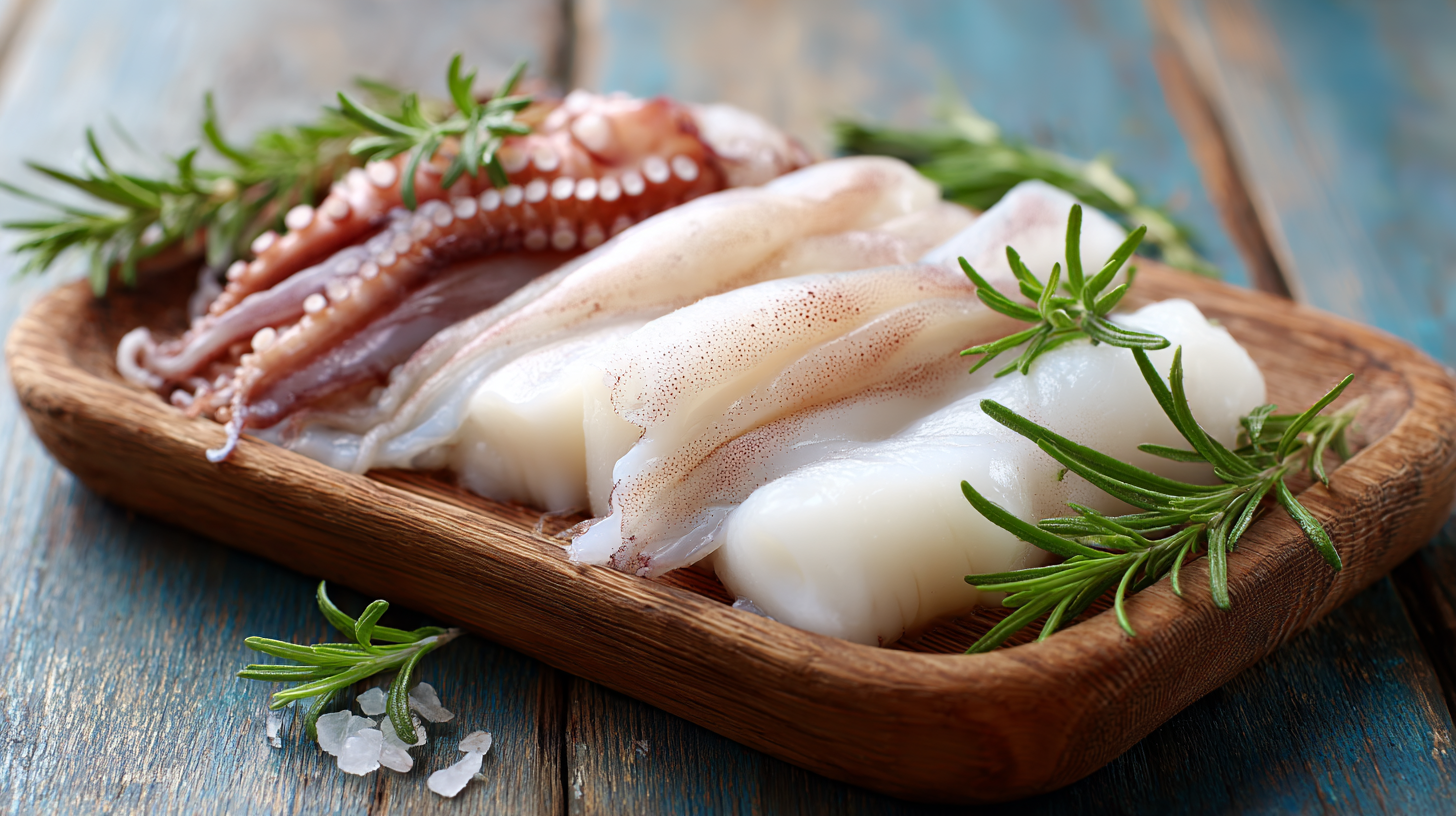
When it comes to selecting frozen squid products, sustainability should be a top priority for environmentally conscious consumers. Overfishing and unsustainable fishing practices have significantly impacted squid populations, which are vital to marine ecosystems. According to the Marine Conservation Society, nearly 30% of global squid fisheries are considered overexploited or depleted. Thus, choosing products certified by organizations such as the Marine Stewardship Council (MSC) can make a substantial difference in promoting responsible fishing practices.
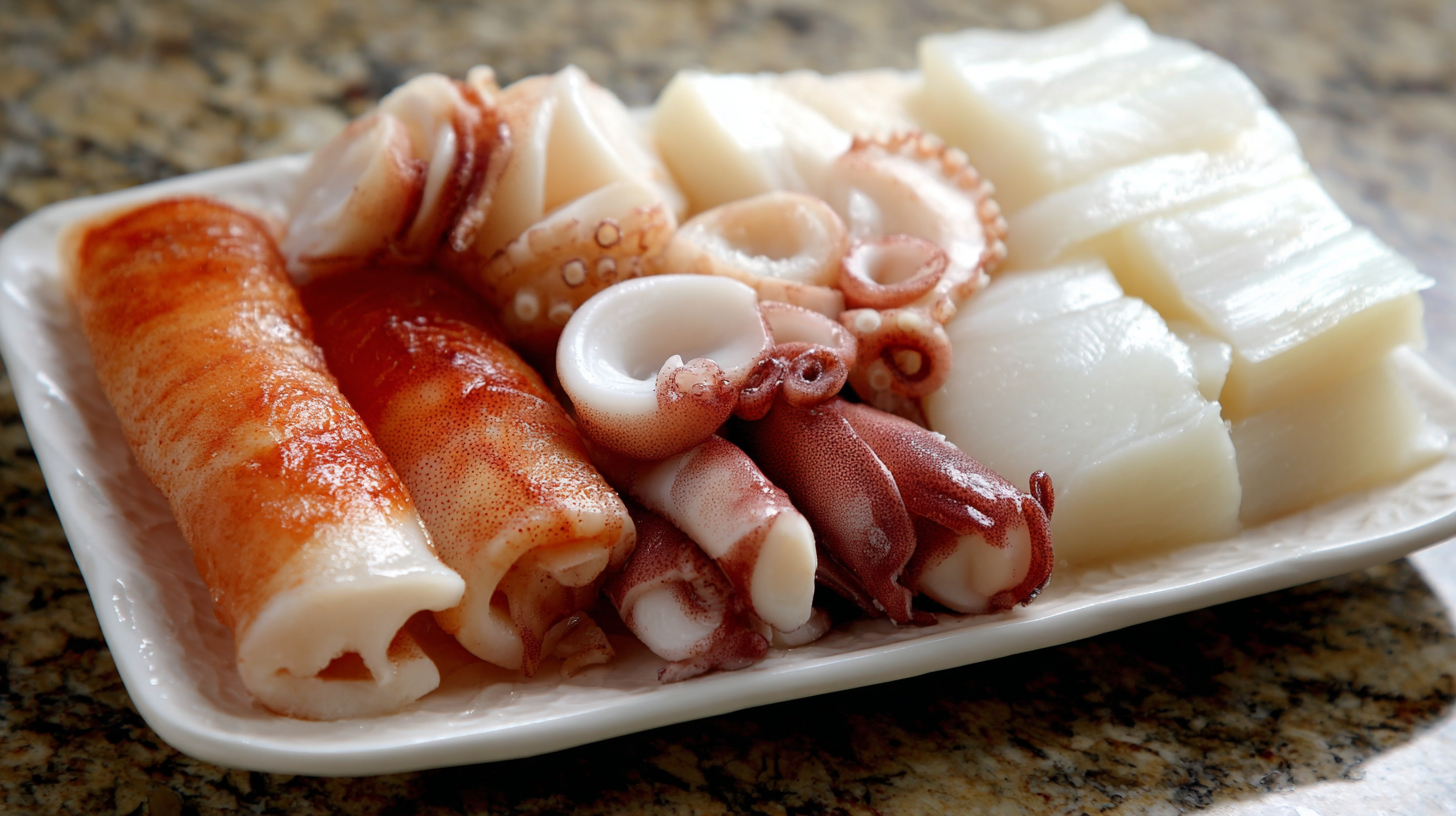
Additionally, buyers should look for brands that adhere to strict sustainability standards, including transparency in their sourcing methods. Reports from the Food and Agriculture Organization (FAO) indicate that about 80% of the world’s fisheries are fully exploited, overexploited, or depleted. This alarming statistic highlights the urgency for consumers to support companies that practice eco-friendly fishing. Frosted squid products labeled as "sustainably sourced" often boast minimal environmental impact and contribute to the preservation of marine biodiversity. By making informed choices about frozen squid purchases, consumers can enjoy gourmet-quality seafood while advocating for a healthier ocean ecosystem.
